Are 33-inch tires the same as 285? Most people do not know the measurement system of tires in a vehicle. Therefore, they are not aware of the same between these two terms. Yup, 33-inch tires, and 285 tires are unchanged in the quantification standard.
A lot of people do not know “are 33-inch tires the same as 285”. They assume that two of these metrics are different.
The answer is “yes, it is”. 285 tires refer to the width in millimeters while 33-inch tires allude to diameter.
In other words, they have similar sizes. The measurement systems are quite distinct, so many of us might confuse. 285 indicate 285/75/16, which is the metric size for 33 inches.
| Measurement | 33 inches tires (285/75/16) |
| Diameter | 32. |
| Width | 11.2″ (285mm) |
| Sidewall | 8.4″ (213mm) |
| Circumference | 103.1″ (2619mm) |
| Revs/Mile | 615 (382mm) |
Figure out the numbers for metric tire sizes could be a daunting task. This is because the metric system is quite different in most countries. Some nations use inches for tire sizes while others select meters.
At that time, you need to use a converting metric between them – inches and meters. A converting rule could be the tire size conversion calculator, allowing you to know the exact tire sizes for your vehicle.
Common tire sizes are 33 inches, 35 inches, 37 inches, 275/70R18, 285/75R16, 285/70R17, and 275/60R20.
What is prefix?Prefix on the tires has four main categories – P (passenger car), T (temporary spare), LT (light truck), and ST (trailer).
Section width is the general width of a tire, indicating in millimeters. When the tires have the right width rim, section width has been labeled.
What is aspect ratio?The aspect ratio shows the distance between the wheel-rim surface and the tread outside. Furthermore, it conveys a proportion of the width. This makes us compare the different sizes of the tires and profiles without much hassle. A 50-series tire, for instance, has a half-tall in its width.
What is speed rating?Speed rating displays the high-quality tires with the Z-rated versions. It is marked on the designation or the sidewall.
What is construction in tires?Two terms in the tire construction are R (radial-ply tire) – diagonal and D (out-of-dated bias- ply tire) – used on trailers and trucks only.
What is BMC?BMC is an element of cutting a part of a vehicle. Most of the latest (4×4) vehicles contain safety features that are made to the chassis.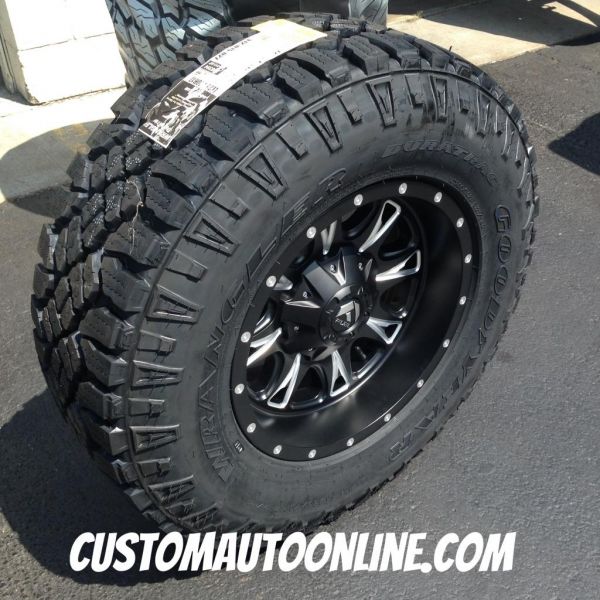 However, it could be a challenge when changing bigger tires.
However, it could be a challenge when changing bigger tires.
The size in tires is the rim diameters. Most of the time, people use inches. Plenty of special-purpose tires often have a metric designation to calculate rim diameter. PAX system tires are common.
Wheel arch sizes are diverse from a vehicle to another. It will be the difference ranges between heavy construction and light trims. With 33-inch tires, little trimming can fit the wheel arch.
“Are 33-inch tires the same as 285?”. As you have realized that 33-inch tires are 285 tires, you might do further things – pay attention to the quality inside. Is that right? Perhaps, you should understand how to convert between different measurement systems to fit all tires.
This post was last updated onWhen comparing a 33” tire to a 285 wide tire, you are essentially talking about two completely different measurements. The 33” refers to the width of the tire (285) multiplied by the height percentage of the sidewall (75), in millimeters, x2 because there are two sidewalls, divided by 25.4 (inches) plus the wheel size in inches (16”). Phew!!! That’s a mouthful and a lot to digest at once so let’s break it down into a simple formula.
The 33” refers to the width of the tire (285) multiplied by the height percentage of the sidewall (75), in millimeters, x2 because there are two sidewalls, divided by 25.4 (inches) plus the wheel size in inches (16”). Phew!!! That’s a mouthful and a lot to digest at once so let’s break it down into a simple formula.
YES, 285 wide tires are the same as 33” tires although 285 is the tread width in millimeters and 33″ is the tire diameter. 285/75/16 is usually the accepted metric equivalent size for 33’s.
Let’s see what that looks like in a formula form
285 = the width of the tread in mm
75 = the height percentage of the sidewall in mm (285 width x .75 = 213.75mm)
Divide mm by 25.4 to get inches
So….. 213.75 x 2 sidewalls = 427.5mm (divided by 25.4 = 16.831″)
16.831″ + 16″ wheel = 32.831″ approximate tire diameter.
Let’s now look into this in a bit more detail
Table of Contents
As mentioned, 285 and 33 are referring to two completely different measurements. . Metric tire sizes can be a bit more complicated when it comes to understanding what size they really are.
. Metric tire sizes can be a bit more complicated when it comes to understanding what size they really are.
Let’s see what that means
Because each tire manufacturer uses their own molds, and there’s no set industry pattern, the 285/75/16 is usually the accepted metric size for 33’s, even though the physical diameter of the tire can vary from manufacturer to manufacturer. Two different 285’s can actually vary in true diameter. Meaning some are smaller than 33″ and some are larger, depending on the brand. This means 33-inch tires can be wider by 11 1/2 or 12 1/2 inches in width.
One way to find out the exact diameter of a tire is by going to the tire manufacturer’s website and checking the manufacturing specs on that specific tire and then comparing “apples with apples”.
Bigger, taller tires are the single most effective method of gaining improved ground clearance. This is especially important for overcoming obstacles in an off-road situation.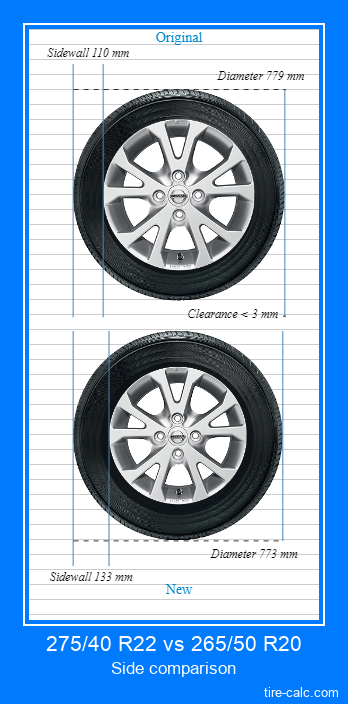 There are however a few limitations, especially when it comes to IFS (Independent Front Suspension) 4WD vehicles.
There are however a few limitations, especially when it comes to IFS (Independent Front Suspension) 4WD vehicles.
Let’s now look at a few factors to consider when fitting 33” tires on your truck.
Before you even consider fitting 33” tires on your IFS truck, you’ll need to have a minimum 2” lift kit installed. Depending on your truck, sometimes this isn’t enough, since you’ll still need to make additional modifications to prevent scrubbing at full lock. This is especially true if you want to retain full functionality and articulation which is important for off-road. If you decide to go 3” or higher, beware there are serious implications to any IFS suspension, but more on that later.
Who should fit 33” tires? There are mixed opinions when it comes to large tire upgrades, and depending on who you ask, you’ll get differing opinions. I give it a resounding YES! In fact, I am currently running 33” tires on my truck and they work beautifully! The added clearance, aggressive look, and improved traction and stability in my opinion are well worth it. It comes at a price though.
It comes at a price though.
Wheel offset or backspacing is a factor that gets little consideration, and it can create complications if you’re not sure exactly how much brake caliper clearance is required. It’s been widely agreed that 16×8 is recommended option. The problem here is, you don’t want to go too negative offset on the wheels since you risk excessive wheel “poke”. (When the tires stick out of the fenders)
What is the difference/meaning of backspacing vs Offset?
Backspacing is the distance measured from the hub mounting surface to the inside edge of the wheel. When you decrease backspacing, you gain more inside wheel clearance. There is a fine line between keeping the tires in the guards and preventing scrub on arches, UCA, Brake calipers, etc.
Offset is measured in mm and generally refers to how your wheels sit inside the wheel wells. You get positive and negative offset wheels. When it’s positive the imaginary line is more towards the front and negative means the mounting surface is more towards the rear of the rim creating a deep dish effect.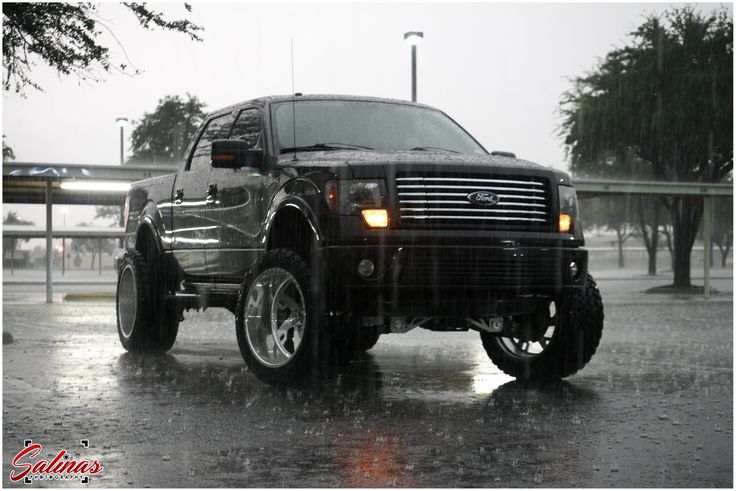
In many instances, there are a few plastic sections on the inner fender guards that need to be trimmed away since they will scrub at full articulation. So get familiar with your Stanley knife and cutter and do some trimming of those wheel arch/guards where they are making contact. Look out for the inner guard pinch weld and inside of the fender flare. They usually need some trimming, depending on the tire and vehicle.
Fender trimming goes hand in hand with backspacing/Wheel offset as well as how wide the tire is. A wider tire will require more wheel arch clearance and room to move when flexing off-road and when turning at full lock.
When you squeeze oversized tires into a wheel arch without lifting the truck, you’ll need to trim away a lot of the inside fender and arch plastic to allow the tire to tuck behind the arch when turning and flexing off-road.
Will the 285/75/16 throw out your speedo?
When you upgrade from a stock tire to one with a taller aspect ratio (Sidewall), increasing the wheel circumference, your speedo can be thrown out.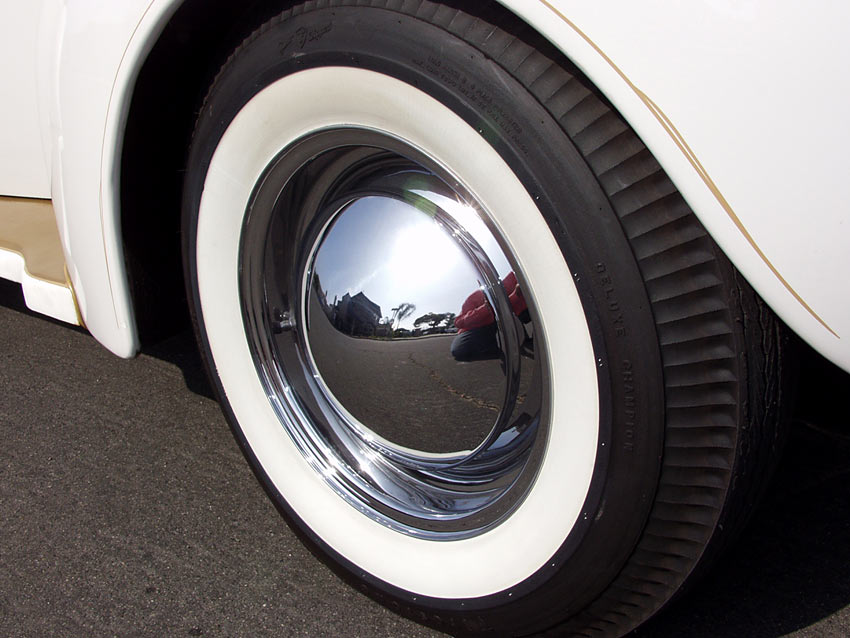 In the case of 33” tires, the diameter will be larger and have an increase in the aspect ratio. This might throw out your speedometers reading slightly. The increase in tire circumference means the actual speed will be higher the faster you travel.
In the case of 33” tires, the diameter will be larger and have an increase in the aspect ratio. This might throw out your speedometers reading slightly. The increase in tire circumference means the actual speed will be higher the faster you travel.
The below table will give you an indication of how the speedometer reading is affected from a 265/70/16 to a 33”.
| Speedometer reading | 20mph | 30mph | 40mph | 50mph | 60mph | 70mph | 80mph | 90mph |
| Actual Speed | 21.4 | 32.2 | 42.9 | 53.6 | 64.3 | 75 | 85.8 | 96.5 |
Below are the actual differences between the stock 16” tire and the upgraded 285/75/16
| Measurement | Stock Tire (265/70/17) | Upgrade (285/75/16) | Differences |
| Diameter | 30.6” | 32.8” (833mm) | +7.2% |
| Width | 10.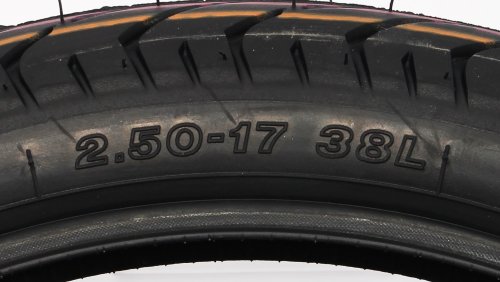 4” 4” | 11.2” (285mm) | +7.7% |
| Sidewall | 7.3” | 8.4” (213mm) | +15.1% |
| Circumference | 96.1” | 103.1” (2619mm) | +7.2% |
| Revs/Mile | 659 | 615 (382mm) | -44 |
f you want to fit a larger 33” tire without a suspension lift, there is some modification needed. The Ranger T6 crash bars protrude from the wheel well and the bigger 285/70/17 tire makes contact. These will need to be removed/modified first so as not to damage the new tires. They are quite a PITA to remove so be prepared. Once removed, and a 20+ offset aftermarket wheel is fitted you should be able to get the 33” tires to fit comfortably.
33-inch tires can be fitted to a stock Jeep Wrangler JK, but with minimum clearance on the front bumper and not enough clearance for full articulation off-road.
Before running out and fitting bigger tires to your JK, make sure you understand all the implications and that there are other factors that come into play such as backspacing, clearance, fuel economy, handling, and more.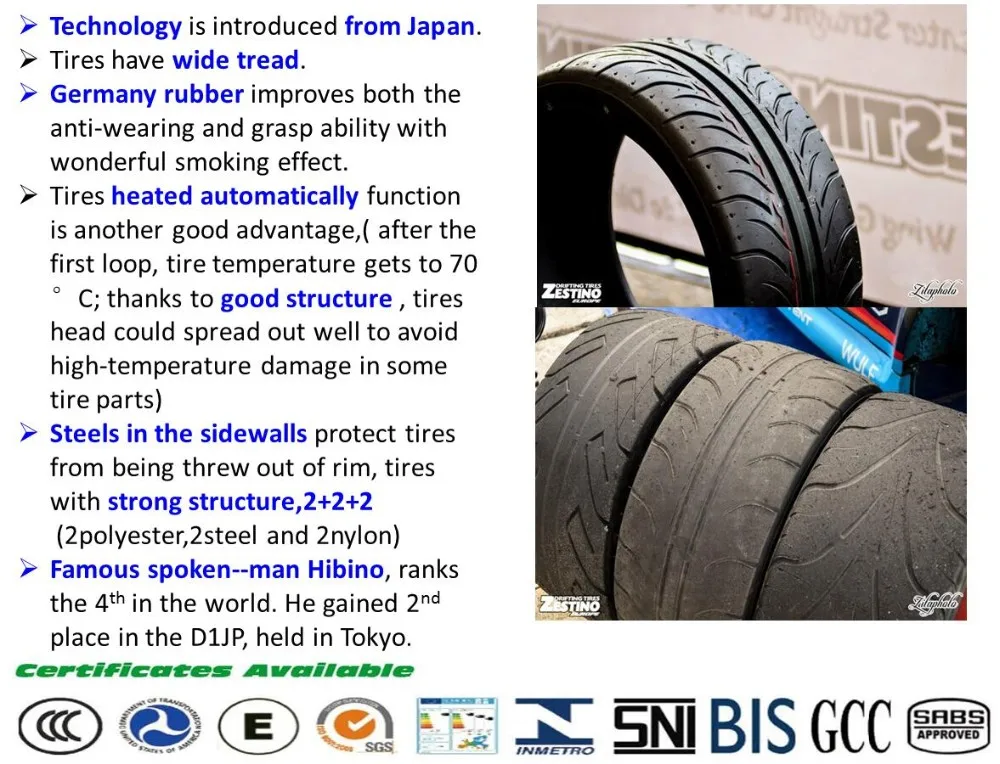
To take full advantage of the Jeeps legendary articulation, you would do well to fit a 3-4” lift before fitting 33” tires.
When lifting any IFS truck, the front suspension configuration determines the complexity of the upgrade. In the case of an SFA or LIVE axle, the axle is not physically attached to the chassis. This allows you to fit big tires and higher lifts easier. The CV angles are not compromised since they are always in line with the diff and axle. This allows you to fit 3”, 4” and even higher with fewer hassles. Fitting 33” tires to a Solid/Live axle truck requires fewer additional modifications and in most cases little to no Body or arch modifications.
An IFS front axle on the other hand is a more complex process and you are limited. Unfortunately, most 4WD’s in production these days are IFS suspensions. Manufacturers are more concerned about on-road performance and safety so they produce IFS trucks that appeal to a larger market.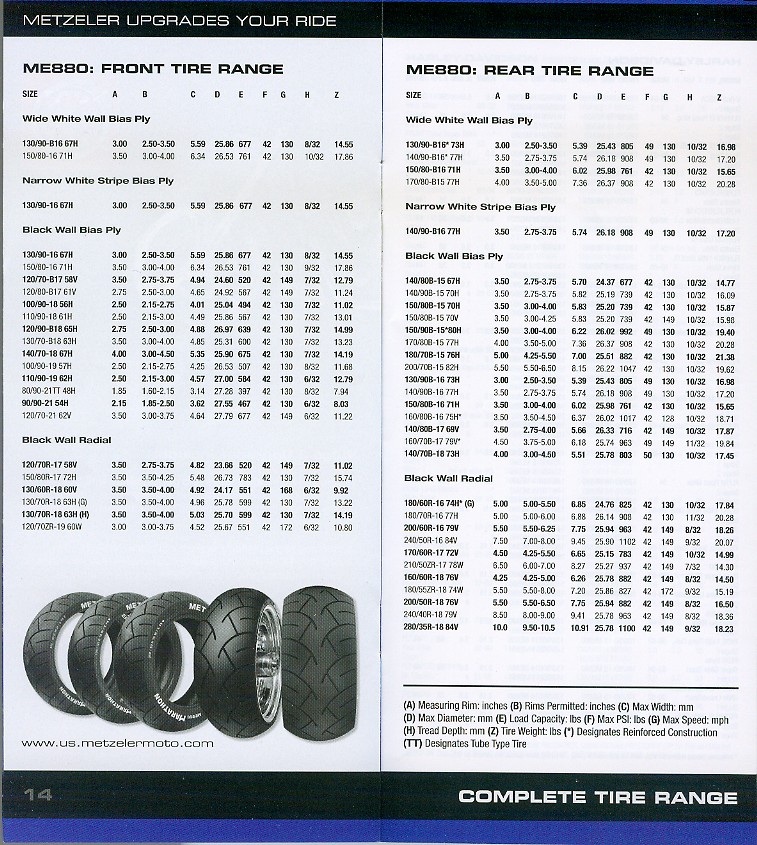
The main problem with IFS suspension upgrades is the CV axles. The diff of an IFS truck is mounted directly against the underside of the chassis. This makes for excellent stability and cornering, however, it limits the downward travel of the wheels and places the CV joints under more stress when the vehicle is lifted too high.
It’s not recommended to go higher than a 3-inch lift kit on an IFS vehicle, and if you do decide to go higher, you’ll need additional modifications such as diff drop kits, adjustable UCA (Upper Control Arms), LCA, and Stabilizer arms.
We have mentioned quite a few variables to consider before dropping a load on expensive oversized tires. You should first determine what the primary application for the upgrade is. Is it purely for aesthetics or will you need maximum practicality, off road ability, while maintaining maximum articulation.
home
Articles
* These tables are for informational purposes only and are not intended as a guide to action.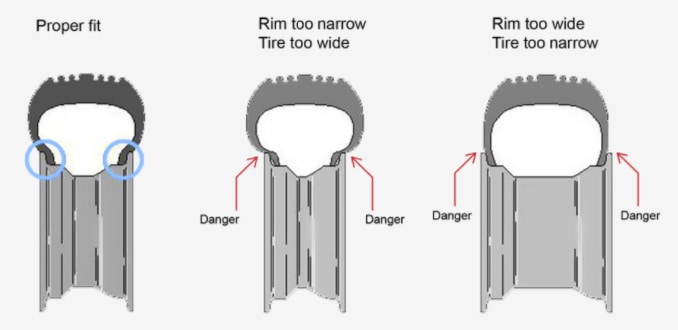 For specific applicability of non-standard discs, please contact the vehicle manufacturer or vehicle dealer. We do not test wheel interchangeability and cannot make recommendations.
For specific applicability of non-standard discs, please contact the vehicle manufacturer or vehicle dealer. We do not test wheel interchangeability and cannot make recommendations.
| Landing width of the disc | Minimum tire width | Optimum tire width | Maximum tire width |
|---|---|---|---|
| 5.0 inches | 155 mm | 165 or 175 mm | 185 mm |
| 5.5 inches | 165 mm | 175 or 185 mm | 195 mm |
| 6.0 inches | 175 mm | 185 or 195 mm | 205 mm |
| 6.5 inches | 185 mm | 195 or 205 mm | 215 mm |
| 7.0 inches | 195 mm | 205 or 215 mm | 225 mm |
| 7.5 inches | 205 mm | 215 or 225 mm | 235 mm |
8. 0 inches 0 inches | 215 mm | 225 or 235 mm | 245 mm |
| 8.5 inches | 225 mm | 235 or 245 mm | 255 mm |
| 9.0 inches | 235 mm | 245 or 255 mm | 265 mm |
| 9.5 inches | 245 mm | 255 or 265 mm | 275 mm |
| 10.0 inches | 255 mm | 265 or 275 mm | 285 mm |
| 10.5 inches | 265 mm | 275 or 285 mm | 295 mm |
| 11.0 inches | 275 mm | 285 or 295 mm | 305 mm |
| 11.5 inches | 285 mm | 295 or 305 mm | 315 mm |
| 12.0 inches | 295 mm | 305 or 315 mm | 325 mm |
| 12.5 inches | 305 mm | 315 or 325 mm | 335 mm |
| Profile | Designation in metric dimension | Permissible range of landing width of the disc |
|---|---|---|
| 35 Series | 275/35R17 | 9. 0-10.5 0-10.5 |
| 335/35R17 | 11.0-13.0 | |
| 345/35R15 | 11.0-13.5 | |
| 40 Series | 285/40R15 | 11.0-13.5 |
| 215/40R15 | 7.0-8.5 | |
| 245/40R17 | 8.0-9.5 | |
| 255/40R17 | 8.5-10.0 | |
| 265/40R17 | 8.5-10.0 | |
| 235/40R18 | 8.0-9.5 | |
| 45 Series | 195/45/R15 | 6.5-7.5 |
| 215/45R15 | 7.0-8.5 | |
| 255/45R15 | 8.5-10.0 | |
| 205/45R16 | 7.0 | |
| 225/45R16 | 7.5-9.0 | |
| 245/45R16 | 8.0-9.5 | |
| 215/45R17 | 7.0-8.5 | |
| 235/45R17 | 8. 0-9.5 0-9.5 | |
| 255/45R17 | 8.5-10.5 | |
| 50 Series | 175/50R13 | 5.0-6.0 |
| 195/50R14 | 5.5-7.0 | |
| 205/50R15 | 5.5-7.5 | |
| 215/50R15 | 6.0-7.5 | |
| 225/50R15 | 6.0-8.0 | |
| 195/50R16 | 5.5-7.0 | |
| 205/50R16 | 5.5-7.5 | |
| 225/50R16 | 6.0-8.0 | |
| 235/50R16 | 6.5-8.5 | |
| 215/50R17 | 6.5-7.5 | |
| 55 Series | 205/55R14 | 5.5-7.5 |
| 185/55R15 | 6.0-6.5 | |
| 195/55R15 | 5.5-7.0 | |
| 205/55R15 | 5.5-7.5 | |
| 205/55R16 | 5. 5-7.5 5-7.5 | |
| 225/55R16 | 6.0-8.0 | |
| 60 Series | 185/60R13 | 5.0-6.5 |
| 205/60R13 | 5.5-7.5 | |
| 185/60R14 | 5.0-6.5 | |
| 195/60R14 | 5.5-7.0 | |
| 205/60R14 | 5.5-7.5 | |
| 195/60R15 | 5.5-7.0 | |
| 205/60R15 | 5.5-7.5 | |
| 215/60R15 | 6.0-7.5 | |
| 225/60R15 | 6.0-8.0 | |
| 235/60R15 | 6.5-8.5 | |
| 65 Series | 185/65R15 | 5.0-6.5 |
| 195/65R15 | 5.5-7.0 | |
| 205/65R15 | 5.5-7.5 | |
| 215/65R15 | 6.0-7.5 | |
| 70 Series | 165/70R10 | 4. 5-5.5 5-5.5 |
| 175/70R12 | 5.0-6.0 | |
| 175/70R13 | 5.0-6.0 | |
| 205/45R16 | 7.0 | |
| 185/70R13 | 5.0-6.5 | |
| 185/70R14 | 5.0-6.5 | |
| 195/70R15 | 5.5-7.0 | |
| 205/70R14 | 5.5-7.5 | |
| 185/70R15 | 5.0-6.5 | |
| 205/70R15 | 5.5-7.5 | |
| 215/70R15 | 6.0-7.5 | |
| 82 Series | 155R12 | 4.0-5.0 |
| 155R13 | 4.0-5.5 | |
| 165R13 | 4.0-5.5 | |
| 175R14 | 4.5-6.0 | |
| 185R14 | 4.5-6.0 | |
| 165R15 | 4.0-5.5 | |
| Profile | Designation in metric dimension | Permissible range of landing width of the disc |
|---|---|---|
| 75 Series | P205/75R15 | 5. 5-7.5 5-7.5 |
| P215/75R15 | 5.5-7.5 | |
| P225/75R15 | 6.0-8.0 | |
| P235/75R15 | 6.0-8.0 | |
| 80 Series | P155/80R13 | 4.5-5.5 |
| P165/80R13 | 4.5-6.0 | |
| P175/80R13 | 4.5-6.0 | |
| P185/80R13 | 5.0-6.5 | |
| 35 Series | P315/35R17 | 10.0-12.0 |
| 40 Series | P275/40R17 | 8.5-10.0 |
| 50 Series | P215/50R13 | 5.5-8.5 |
| P235/50R13 | 6.0-9.0 | |
| P245/50R14 | 6.5-9.0 | |
| P225/50R15 | 6.0-8.0 | |
| P295/50R15 | 7.5-11.0 | |
| P225/50R16 | 6. 0-8.0 0-8.0 | |
| P245/50R16 | 6.5-9.5 | |
Return to list
American and European tires are distinguished by their markings. European tires have a metric marking system. Therefore, when replacing tires, the problem of translating tire parameters may arise. In most cases, this is the conversion of inches to centimeters. Enter the size in inches and click calculate. You will see the tire size in meters (dimensions will be rounded to European parameters).
|
Comparison: inch and meter sizes When you enter the old inch parameters and new European ones, you can see how the external parameters of the tire and ground clearance will change, as well as differences in the speedometer readings. |
|
| ||||||||||||||||||||||||||||||
Thanks to the Tire Calculator, you can do the reverse calculation - convert "cm" and "mm" to inches.